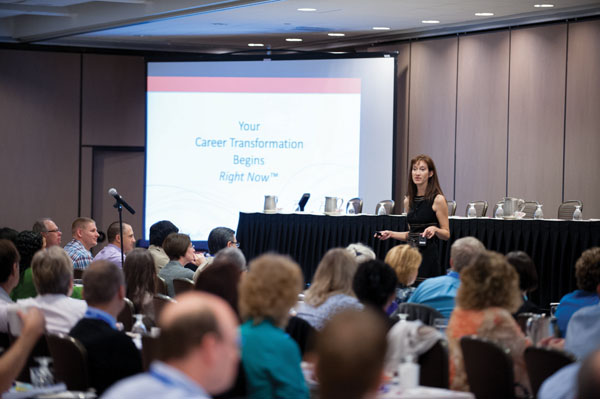Physician Inventor: Saving Lives One Invention at a Time
By: David Albert MD
From childhood, I always wanted to be a physician. I watched Dr. Kildare but Dr. Ben Casey was my first hero and much later, I almost became a Neurosurgeon. However, from my father’s first heart attack in 1966, I became fascinated with Cardiology and Cardiac Surgery. From summer research in college in the Stress Test Lab at Georgetown University Hospital to reading thousands of ECGs on microfilm at Duke Medical School for a research project under the direction of Dr. Galen Wagner (the editor of Marriott’s ECG textbook), I was Hooked on the Heart.
For my first three years of medical school, I was on a “normal” trajectory toward a career in clinical or academic Cardiology, then one of those life-changing events occurred– my father had a second heart attack in 1980. This time, instead of staying at bed rest for 6 weeks (1966 MI therapy), he was directed to a post-discharge exercise regimen of controlled walking. He was supposed to measure his heart rate and only exercise to a specific rate. I knew that he would be unable to take his own pulse so I began a search for something to help him. There were no heart rate watches or Polar chest straps.
My quest led me via a med school classmate, to a graduate student in Biomedical Engineering at Duke. I paid him $250 to build me a heart rate monitor for my father (and that was BIG money to me at the time). After two months he handed me a circuit board that was a jumble of wires and didn’t work and said that was all he was going to do. I did NOT get a refund.
My frustration (and anger) led me to ask my father to go an extra MANY miles. He assented and I took a leave of absence from med school and enrolled as a student in Biomedical Engineering. I took a year of undergrad classes in multivariable calculus, differential equations, fluid dynamics, and programming. Later, I took courses in microprocessors, digital logic and digital signal processing. My always vivid imagination was starting to heat up.
By the time I graduated from Med School and Engineering school in 1983, I had two inventions and a patent under my belt. I developed one of the first heart rate watches and later licensed that to Timex. I developed a Doppler ultrasound device for evaluating Left Ventricular Performance and licensed that to Quinton Instruments. As I headed back to my home of Oklahoma and the University of Oklahoma (with a great Cardiology Program under Dr. Ralph Lazzara), I was still convinced that Academic Cardiology was my path.
Several years later, when no company would license an invention, I left medicine to start my first company. I knew nothing about business but I was young and fearless (probably more ignorant and stupid). Now 25 years later, I have 38 issued US patents, have started 4 companies, gone public and sold to the likes of GE. I worked at GE for 4 years after they bought my company as Chief Scientist of the Cardiology Business, but I knew inventing and entrepreneurship was my calling. Now with AliveCor and our iPhone ECG at age 58 I am no longer so young and so naïve but my goal to save lives one invention at a time, remains my quest!
Dr. Albert is a speaker at our upcoming SEAK Non-Clinical Careers Conference. Dr. Albert will discuss how and why he became a physician, inventor, and entrepreneur. He will explain how physicians can protect their ideas and turn their ideas and concepts into inventions that are profitable and can make a difference by helping millions of patients.
————————
David E. Albert, MD is an Oklahoma native. He is a physician, inventor and serial entrepreneur who has developed medical and other life-saving technologies and products over the last 30 years, turning a number of those innovations into tech startups. Today, he is a founder of three tech companies, InnovAlarm, Lifetone Technology and AliveCor. His previous startups include Corazonix Corp (sold to Arrhythmia Research Technology and Data Critical (sold to GE). Dr. Albert left GE in 2004 as Chief Scientist of GE Cardiology to disrupt several new markets. His latest invention, the iPhone ECG, became a global sensation via a 4-minute YouTube Video in January around the Consumer Electronics Show and was featured on local media, ABC, CBS, CNN and Fox News among many other media outlets. Dr Albert has 32 issued US patents, and a large number pending.
Job Postings: 500+ Links to Non-Clinical Jobs
7 Proven Ways to Supplement Your Clinical Income

